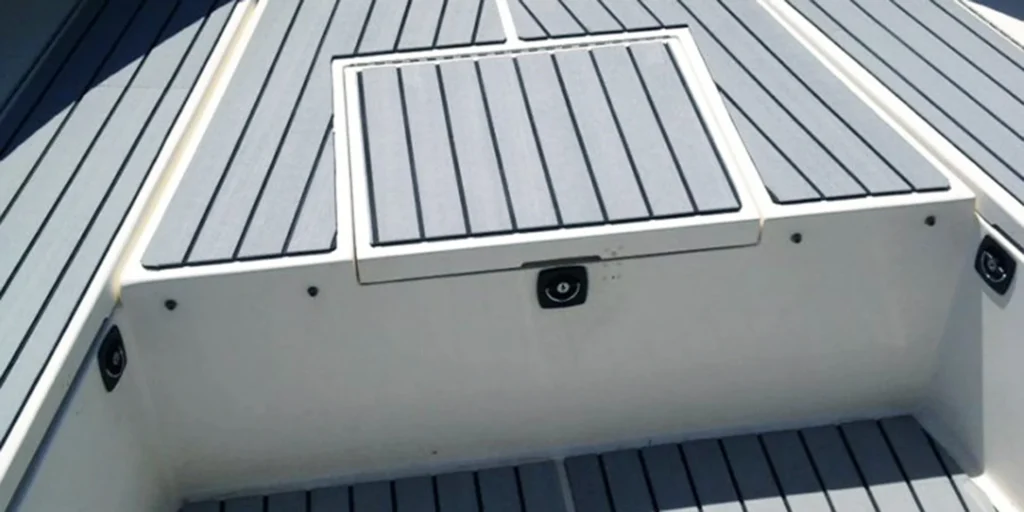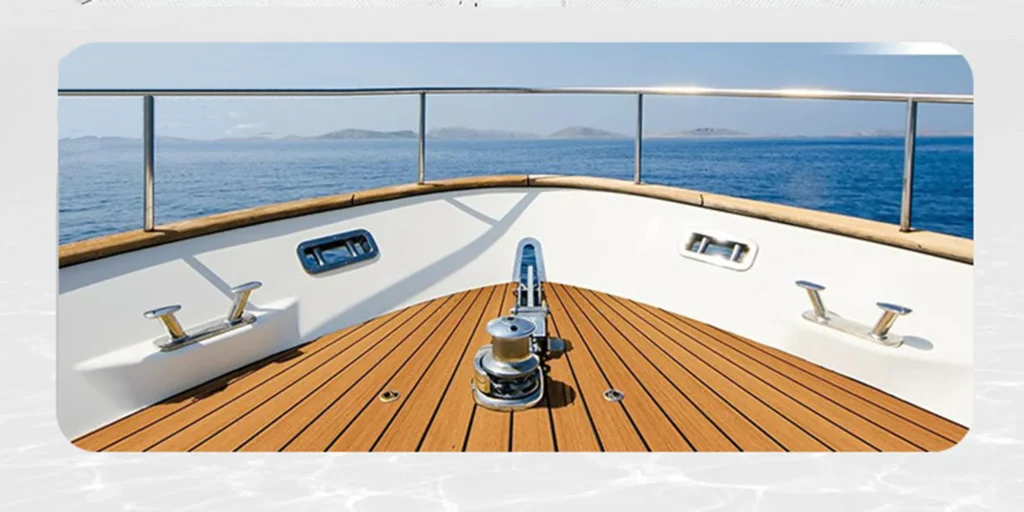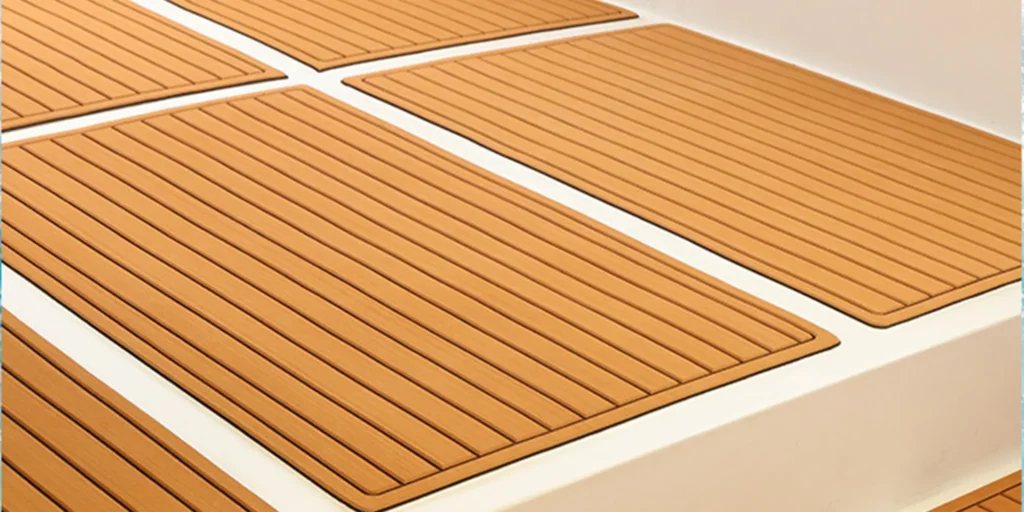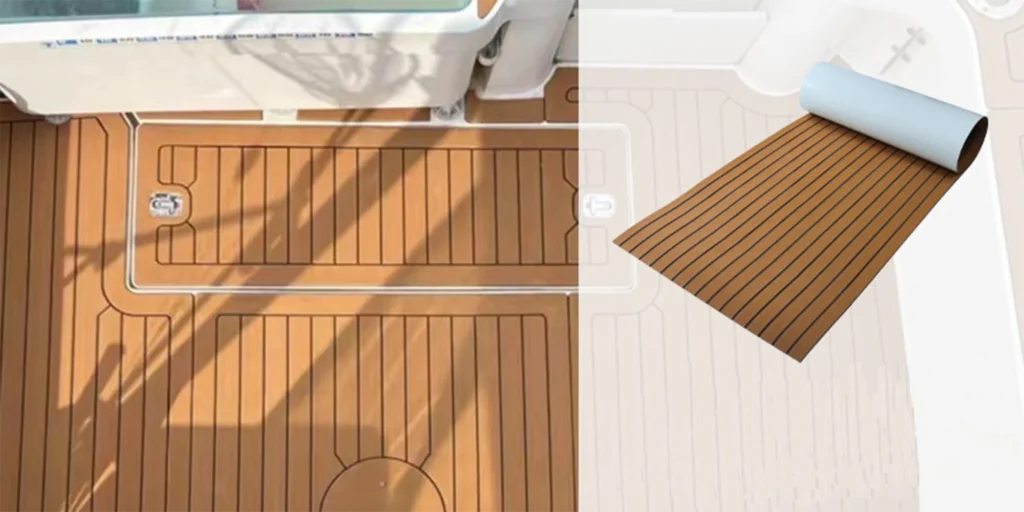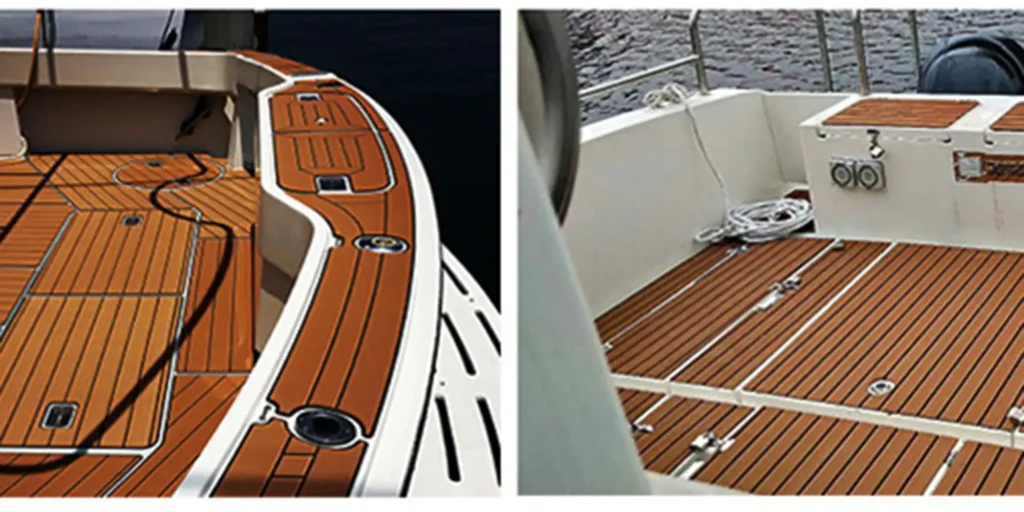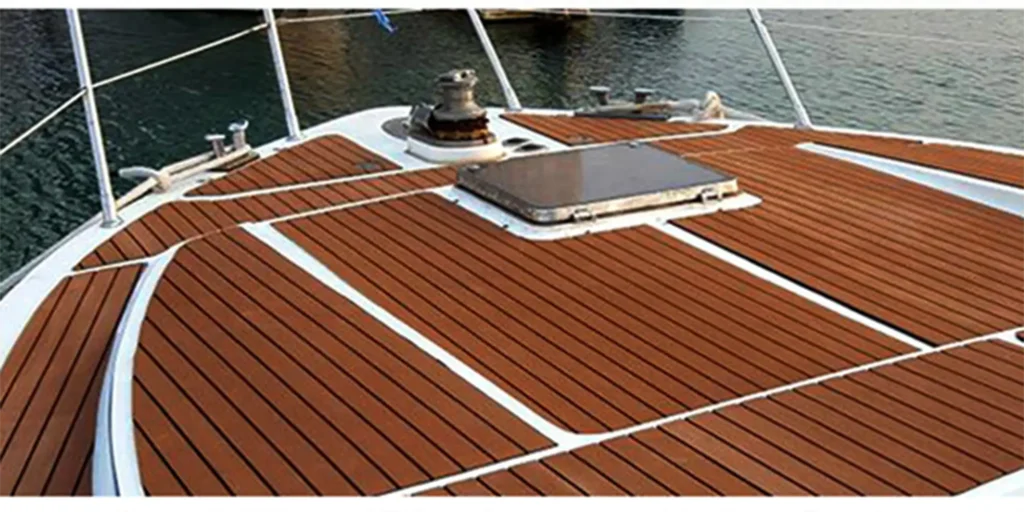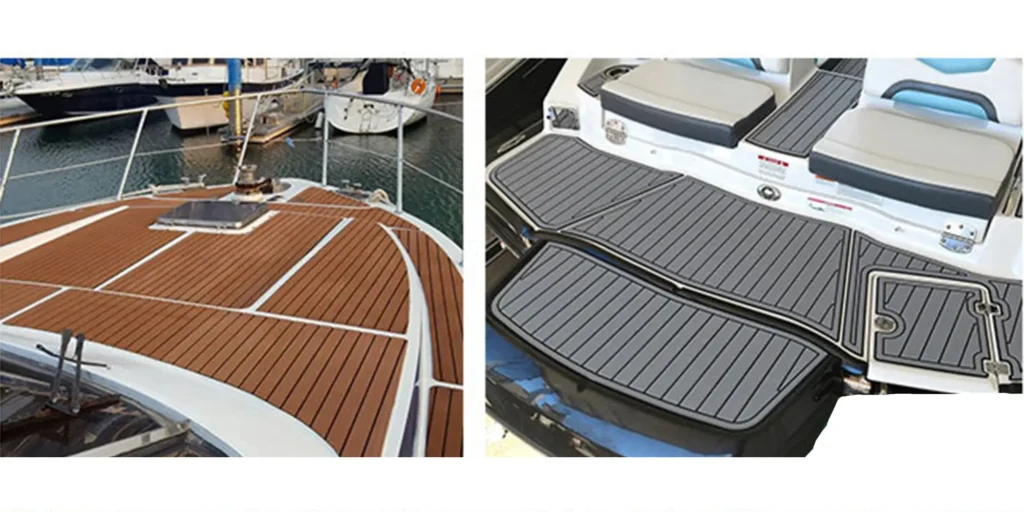Boat flooring is more than just a functional aspect of your vessel; it plays a critical role in comfort, safety, and aesthetics. In recent years, EVA foam boat flooring has emerged as a popular choice among boat owners due to its durability, versatility, and easy maintenance. But with so many options available, how do you choose the best EVA foam boat flooring for your specific needs?
In this comprehensive guide, we’ll walk you through the key factors to consider when selecting EVA foam flooring for your boat, from material quality to installation techniques, ensuring that you make an informed decision for your vessel.
What Is EVA Foam Boat Flooring?
EVA (Ethylene Vinyl Acetate) foam is a closed-cell foam known for its excellent shock absorption, water resistance, and softness underfoot. It’s commonly used in various marine applications due to its durability in harsh environments and its ability to provide non-slip, cushioned surfaces—ideal for boat decks.
EVA foam boat flooring typically comes in customizable sheets or tiles that can be cut to fit your boat’s specific dimensions. It’s lightweight, waterproof, and UV-resistant, making it perfect for withstanding marine conditions while also improving comfort for those aboard.
Key Benefits of EVA Foam Boat Flooring
Before diving into the selection process, it’s important to understand the numerous advantages EVA foam boat flooring offers:
- Non-Slip Surface
One of the primary reasons boat owners opt for EVA foam flooring is its superior grip, especially in wet conditions. The textured surface provides traction, reducing the risk of slipping, which is essential for both safety and ease of movement on deck. - Comfort and Cushioning
EVA foam is soft underfoot, providing comfort during long periods spent on deck. The cushioning properties reduce fatigue for boaters and also act as shock absorbers for equipment, helping protect against impacts. - UV Resistance and Weather Durability
The marine environment can be tough on materials, with constant exposure to sunlight, saltwater, and varying temperatures. EVA foam boat flooring is UV-resistant and can withstand prolonged exposure to these elements without deteriorating. - Easy to Clean and Maintain
Unlike traditional marine carpets that can trap dirt and moisture, EVA foam flooring is easy to clean and quick-drying. Its closed-cell structure resists water absorption, preventing mold and mildew buildup, making maintenance simple and stress-free. - Aesthetics and Customization
EVA foam flooring comes in various colors, textures, and designs, allowing you to customize the look of your boat. Whether you prefer a sleek, modern appearance or a classic teak wood look, EVA foam can be tailored to match your vessel’s style.
How to Choose the Best EVA Foam Flooring for Your Boat
1. Consider Thickness and Density
When selecting EVA foam for your boat, the thickness and density of the material play a significant role in comfort, durability, and performance. Thicker EVA foam offers more cushioning and comfort, but it may be slightly heavier and more difficult to install in tight spaces. On the other hand, higher-density foam tends to be more durable and resistant to wear over time.
- For recreational boats: A medium-thick foam (5mm-8mm) may be ideal for providing sufficient comfort while remaining lightweight.
- For heavy-duty or fishing boats: Opt for a thicker, more durable foam (8mm-10mm or more) that can withstand heavy foot traffic and equipment.
2. Evaluate the Non-Slip Surface Design
The texture and pattern of the EVA foam’s surface are crucial for slip resistance. Some common surface designs include:
- Brushed texture: Offers excellent grip, especially when wet.
- Diamond pattern: Another popular choice for non-slip performance, often used on high-traffic areas.
- Embossed patterns: More decorative and aesthetically pleasing, but still effective for slip resistance.
Make sure the surface design aligns with the type of activities you’ll be doing on your boat. If you’re fishing or frequently dealing with wet conditions, a brushed or diamond texture will be optimal for traction.
3. UV Resistance and Durability
As mentioned, UV resistance is a key factor in EVA foam boat flooring. Constant sun exposure can cause some materials to fade, crack, or deteriorate over time. Ensure the EVA foam you choose has been treated with UV inhibitors to prolong its lifespan and keep it looking good for years.
Additionally, check for weatherproofing and resistance to chemicals like fuel and oils, which are often encountered on boats.
4. Custom Fit and Installation Options
EVA foam flooring is available in pre-cut kits designed to fit specific boat models or in customizable sheets that can be trimmed to your boat’s exact dimensions. While pre-cut kits are convenient and ensure a precise fit, they can be more expensive and less flexible if you have unique design preferences.
If you choose customizable sheets, consider whether you will handle the installation yourself or hire a professional. Some EVA foam products come with peel-and-stick backing for easy DIY installation, while others may require adhesives or a more labor-intensive process.
5. Color and Design Options
The aesthetic appeal of EVA foam is another factor that sets it apart. You’ll find EVA foam flooring available in a wide range of colors, from classic marine blue and gray to eye-catching teak wood designs. Some manufacturers even offer customization options with logos or patterns etched into the foam.
When selecting a color, consider both style and functionality. Light-colored flooring can keep your deck cooler in the sun, while darker colors may hide stains better. Teak designs offer a traditional, classy look that mimics the appearance of real wood without the high maintenance.
6. Price and Warranty
Price can vary greatly depending on the brand, thickness, and customization options. While it may be tempting to go for the cheapest option, remember that you often get what you pay for. Higher-quality EVA foam may have a higher upfront cost, but it’s likely to last longer and offer better performance, saving you money in the long run.
Additionally, check if the product comes with a warranty. Reputable manufacturers will typically offer warranties that cover wear and tear or defects in the material.
7. Brand Reputation and Reviews
Finally, consider the reputation of the brand you’re buying from. Do they specialize in marine products? How do other customers rate their products? Look for brands that are well-reviewed and trusted in the boating community to ensure you’re investing in a product that will stand the test of time.
Choosing the best EVA foam boat flooring for your vessel comes down to balancing comfort, durability, aesthetics, and budget. By considering factors like thickness, surface texture, UV resistance, and customization options, you can find the ideal flooring to enhance your boat’s safety and style.
Whether you’re upgrading your current flooring or outfitting a new boat, EVA foam provides an excellent solution that offers both form and function. With proper care and the right choice of materials, your EVA foam boat flooring can provide years of comfort and reliable service, ensuring you enjoy every moment on the water.
FAQ Section
1. What is EVA foam boat flooring made of?
EVA foam boat flooring is made from Ethylene Vinyl Acetate, a closed-cell foam material known for its durability, non-slip properties, water resistance, and cushioning effect, making it ideal for marine environments.
2. Is EVA foam boat flooring waterproof?
Yes, EVA foam boat flooring is waterproof. Its closed-cell structure prevents water absorption, making it resistant to mold and mildew, and ideal for use in wet conditions.
3. How do I clean and maintain EVA foam boat flooring?
EVA foam flooring is easy to clean. You can use a hose to rinse off dirt, debris, and saltwater. For tougher stains, a mild detergent and soft brush can be used. Avoid using harsh chemicals or power washers to prevent damage.
4. Can I install EVA foam boat flooring by myself?
Yes, many EVA foam boat flooring products come with peel-and-stick backing, making them easy for DIY installation. However, for a more customized fit or complex installation, professional help may be required.
5. How long does EVA foam boat flooring last?
The lifespan of EVA foam boat flooring depends on factors like usage, exposure to elements, and quality of the material. High-quality EVA foam flooring with UV inhibitors can last several years with proper care and maintenance.
#BoatFlooring #EVAFoam #MarineUpgrades #NonSlipDeck #BoatSafety #VesselComfort #MarineFlooring #BoatOwners #BoatingLife #WaterproofFlooring
WELLE Trade has over 20 years of experience in the production and processing of PE/EVA/TPE foams, so you may want to consult with them if you have any sourcing needs.
